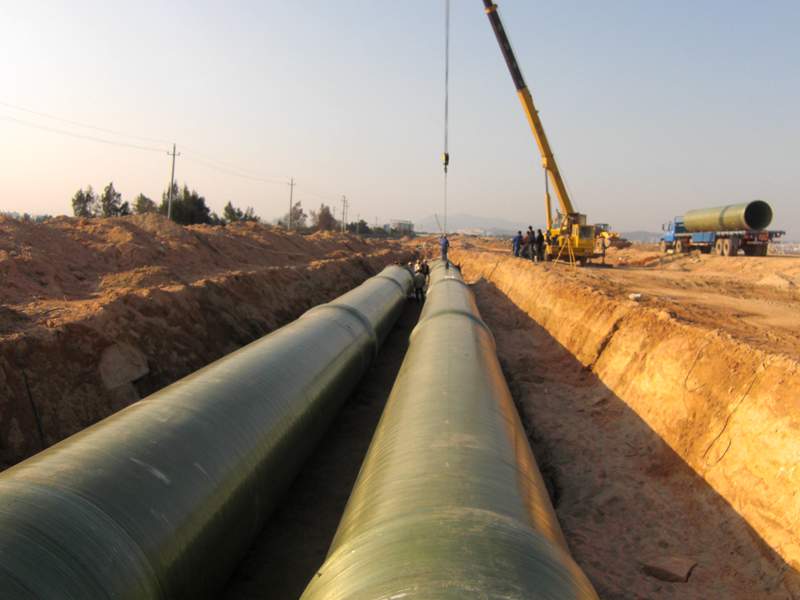
-
 Afrikaans
Afrikaans -
 Albanian
Albanian -
 Amharic
Amharic -
 Arabic
Arabic -
 Armenian
Armenian -
 Azerbaijani
Azerbaijani -
 Basque
Basque -
 Belarusian
Belarusian -
 Bengali
Bengali -
 Bosnian
Bosnian -
 Bulgarian
Bulgarian -
 Catalan
Catalan -
 Cebuano
Cebuano -
 China
China -
 China (Taiwan)
China (Taiwan) -
 Corsican
Corsican -
 Croatian
Croatian -
 Czech
Czech -
 Danish
Danish -
 Dutch
Dutch -
 English
English -
 Esperanto
Esperanto -
 Estonian
Estonian -
 Finnish
Finnish -
 French
French -
 Frisian
Frisian -
 Galician
Galician -
 Georgian
Georgian -
 German
German -
 Greek
Greek -
 Gujarati
Gujarati -
 Haitian Creole
Haitian Creole -
 hausa
hausa -
 hawaiian
hawaiian -
 Hebrew
Hebrew -
 Hindi
Hindi -
 Miao
Miao -
 Hungarian
Hungarian -
 Icelandic
Icelandic -
 igbo
igbo -
 Indonesian
Indonesian -
 irish
irish -
 Italian
Italian -
 Japanese
Japanese -
 Javanese
Javanese -
 Kannada
Kannada -
 kazakh
kazakh -
 Khmer
Khmer -
 Rwandese
Rwandese -
 Korean
Korean -
 Kurdish
Kurdish -
 Kyrgyz
Kyrgyz -
 Lao
Lao -
 Latin
Latin -
 Latvian
Latvian -
 Lithuanian
Lithuanian -
 Luxembourgish
Luxembourgish -
 Macedonian
Macedonian -
 Malgashi
Malgashi -
 Malay
Malay -
 Malayalam
Malayalam -
 Maltese
Maltese -
 Maori
Maori -
 Marathi
Marathi -
 Mongolian
Mongolian -
 Myanmar
Myanmar -
 Nepali
Nepali -
 Norwegian
Norwegian -
 Norwegian
Norwegian -
 Occitan
Occitan -
 Pashto
Pashto -
 Persian
Persian -
 Polish
Polish -
 Portuguese
Portuguese -
 Punjabi
Punjabi -
 Romanian
Romanian -
 Russian
Russian -
 Samoan
Samoan -
 Scottish Gaelic
Scottish Gaelic -
 Serbian
Serbian -
 Sesotho
Sesotho -
 Shona
Shona -
 Sindhi
Sindhi -
 Sinhala
Sinhala -
 Slovak
Slovak -
 Slovenian
Slovenian -
 Somali
Somali -
 Spanish
Spanish -
 Sundanese
Sundanese -
 Swahili
Swahili -
 Swedish
Swedish -
 Tagalog
Tagalog -
 Tajik
Tajik -
 Tamil
Tamil -
 Tatar
Tatar -
 Telugu
Telugu -
 Thai
Thai -
 Turkish
Turkish -
 Turkmen
Turkmen -
 Ukrainian
Ukrainian -
 Urdu
Urdu -
 Uighur
Uighur -
 Uzbek
Uzbek -
 Vietnamese
Vietnamese -
 Welsh
Welsh -
 Bantu
Bantu -
 Yiddish
Yiddish -
 Yoruba
Yoruba -
 Zulu
Zulu
high-pressure fiberglass piping system
High-Pressure Fiberglass Piping Systems An Overview
High-pressure fiberglass piping systems have gained significant attention in various industrial applications due to their unique properties and advantages over traditional materials. These advanced piping systems are designed to handle the extreme demands of high-pressure environments, making them suitable for a wide range of sectors, including oil and gas, chemical processing, water treatment, and many more.
What is High-Pressure Fiberglass Piping?
Fiberglass piping is composed of a composite material that combines glass fibers with resin, resulting in a strong, lightweight, and corrosion-resistant material. The high-pressure variant of fiberglass piping systems is specifically engineered to withstand elevated pressures and loads while maintaining structural integrity. These systems typically feature a reinforced composition, making them desirable for applications where conventional materials such as steel or PVC may fail.
Key Advantages
1. Corrosion Resistance One of the primary reasons for choosing fiberglass piping is its resistance to corrosion. Traditional metal pipes are susceptible to rust and degradation caused by chemical exposure or moisture. In contrast, fiberglass does not corrode, ensuring a longer lifespan and reducing maintenance costs.
2. Lightweight Fiberglass pipes are significantly lighter than their metal counterparts. This characteristic simplifies transportation, installation, and handling, which can reduce labor and equipment costs on job sites.
3. High Strength-to-Weight Ratio Despite being lightweight, fiberglass piping systems offer exceptional strength. The use of composite materials allows these pipes to withstand high pressures without compromising their structural integrity, making them ideal for a variety of demanding applications.
high-pressure fiberglass piping system

4. Thermal Insulation Fiberglass has inherent insulating properties, which help in maintaining the temperature of the transported fluids. This feature is especially beneficial in processes where temperature control is critical, such as in chemical processing plants.
5. Lower Lifecycle Costs Although the initial investment for fiberglass piping may be higher than some traditional options, its long lifespan, low maintenance requirements, and energy efficiency often result in lower overall lifecycle costs.
Applications
High-pressure fiberglass piping systems are increasingly used in diverse industries. In the oil and gas sector, they are employed for transporting hydrocarbons and other fluids under high pressure. The chemical industry often relies on fiberglass pipes to handle aggressive chemicals that would otherwise corrode metal pipes. Furthermore, in the water treatment industry, fiberglass piping is used for the distribution of potable water and wastewater management, where durability and reliability are paramount.
Installation and Maintenance
Installing high-pressure fiberglass piping requires specialized techniques to ensure the integrity of the joints and connections. It is essential for trained professionals to handle the installation, as improper techniques can lead to failures in the system over time. Maintenance is generally minimal, but periodic inspections are recommended to ensure that no damage has occurred and that the system remains in optimal working condition.
Conclusion
High-pressure fiberglass piping systems represent a significant advancement in materials technology for industrial applications. With their corrosion resistance, lightweight nature, and durability, they offer solutions that traditional piping materials cannot match. As industries evolve and demand more efficient and sustainable solutions, the use of high-pressure fiberglass piping systems is likely to grow, paving the way for more reliable and cost-effective operations across various sectors. Transitioning to fiberglass piping could not only enhance operational efficiency but also contribute to long-term sustainability goals, ultimately making them a worthy consideration for any organization seeking to upgrade its piping systems.
Latest news
-
Exploring the Benefits of Top Hammer Drifter Rods for Enhanced Drilling PerformanceNewsJun.10,2025
-
High-Precision Fiberglass Winding Machine for GRP/FRP Pipe Production – Reliable & Efficient SolutionsNewsJun.10,2025
-
FRP Pipes & Fittings for Shipbuilding - Corrosion-Resistant & LightweightNewsJun.09,2025
-
Premium FRP Flooring Solutions Durable & Slip-ResistantNewsJun.09,2025
-
Premium Fiberglass Rectangular Tanks Durable & Lightweight SolutionNewsJun.09,2025
-
Tapered Drill String Design Guide Durable Performance & UsesNewsJun.09,2025









